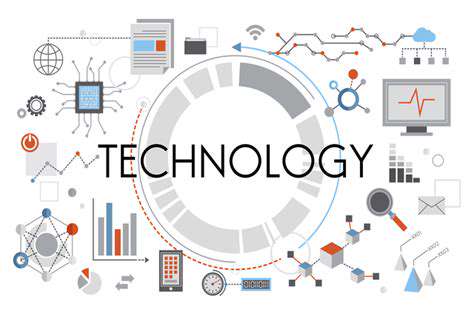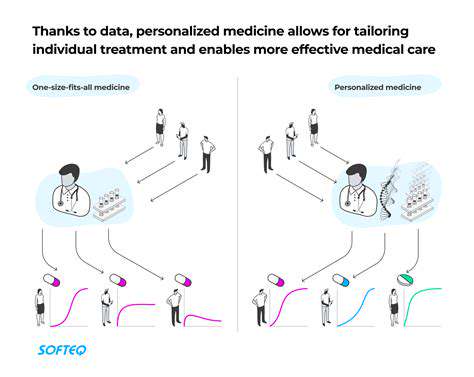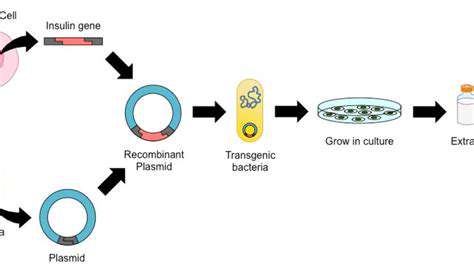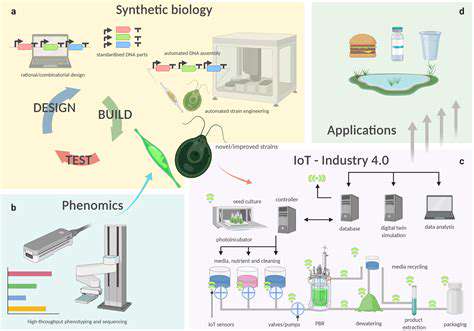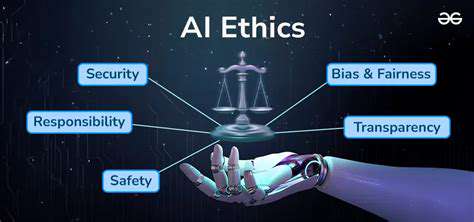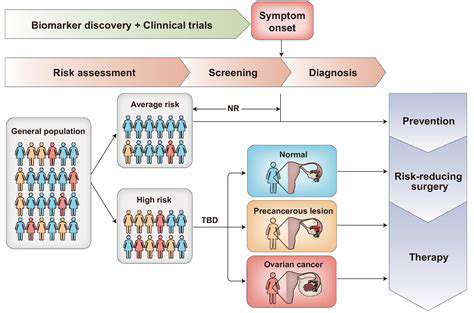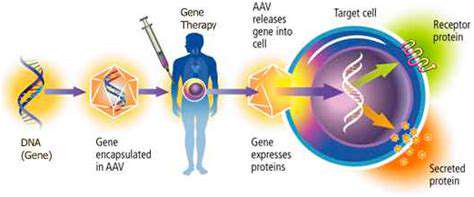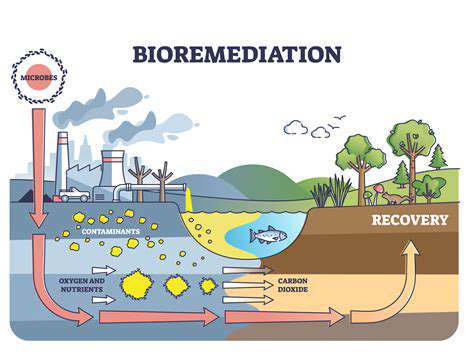CRISPR-Cas9 and Other Gene Editing Tools: Challenges and Advancements
CRISPR-Cas9: A Powerful but Complex Tool
CRISPR-Cas9 technology has revolutionized gene editing, offering unprecedented precision and efficiency in modifying DNA sequences. This powerful tool allows scientists to target specific genes with remarkable accuracy, potentially correcting genetic defects responsible for various diseases. The simplicity of the CRISPR-Cas9 system, compared to previous gene editing methods, has fostered rapid adoption across numerous research areas, from basic biology to agricultural biotechnology.
However, despite its advantages, CRISPR-Cas9 is not without limitations. Off-target effects, where the system unintentionally edits DNA at locations other than the intended target, remain a significant concern. Minimizing these off-target edits is a crucial area of ongoing research, impacting the safety and reliability of CRISPR applications in therapeutic settings.
Beyond CRISPR-Cas9: Exploring Alternative Gene Editing Techniques
While CRISPR-Cas9 dominates current gene editing research, alternative approaches are constantly emerging. Zinc finger nucleases (ZFNs) and transcription activator-like effector nucleases (TALENs) were early gene editing tools, paving the way for CRISPR. These methods, while offering similar functionalities, often present more complex design and delivery challenges, and their use has diminished in favor of the more straightforward CRISPR system.
Emerging gene editing technologies, such as base editors and prime editors, aim to overcome some of the limitations of CRISPR-Cas9. These newer tools can directly modify single DNA bases without the need for a double-strand break, potentially reducing off-target effects and expanding the scope of possible genetic modifications. Further research is needed to fully evaluate the efficacy and safety profiles of these novel techniques.
Ethical Considerations in Gene Editing
The ability to precisely manipulate the human genome raises profound ethical considerations. Germline editing, which modifies genes in reproductive cells, has the potential to alter the human gene pool, raising concerns about unintended consequences for future generations. Careful consideration of societal implications, ethical guidelines, and public engagement is essential to ensure responsible development and application of gene editing technologies.
The potential for gene editing to exacerbate existing societal inequalities also demands careful attention. Access to these powerful technologies must be equitable, avoiding situations where only certain populations benefit from advancements in gene editing. Open dialogue and public discourse are vital to navigating these complex issues and ensuring that gene editing is used for the betterment of all humanity.
Delivery Challenges and Cellular Uptake
Even with highly precise gene editing tools, successful application relies on efficient delivery of the editing machinery into target cells. Developing methods to effectively deliver CRISPR-Cas9 complexes or other gene editing components into specific cells within the body is a significant challenge. This is particularly crucial in therapeutic applications, where targeted delivery to diseased tissues is paramount.
Advancements in Diagnostics and Screening
Gene editing technologies are not limited to therapeutic applications; they are also revolutionizing diagnostics and disease screening. The ability to precisely target and detect specific genetic mutations has implications for early disease detection, personalized medicine, and the development of more effective diagnostic tools. Rapid and accurate screening methods hold the potential to significantly improve healthcare outcomes.
Further advancements in these areas are crucial, including the development of more cost-effective and accessible diagnostic tools for widespread use. This promises to accelerate the understanding and management of various genetic disorders.
